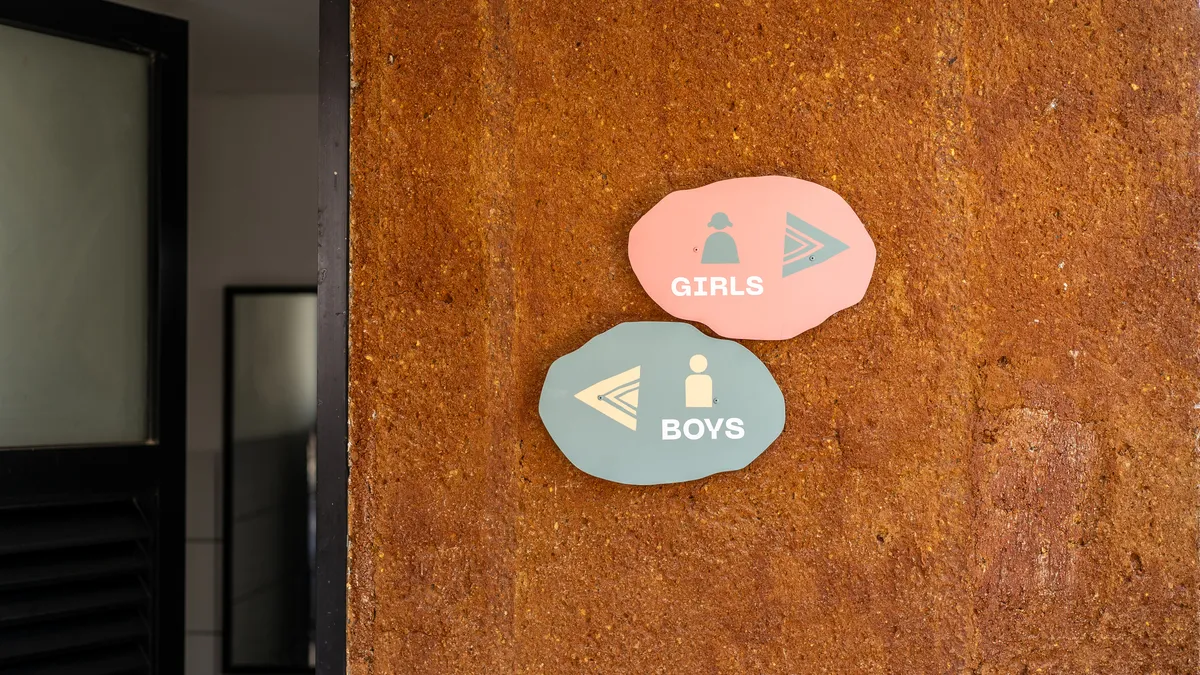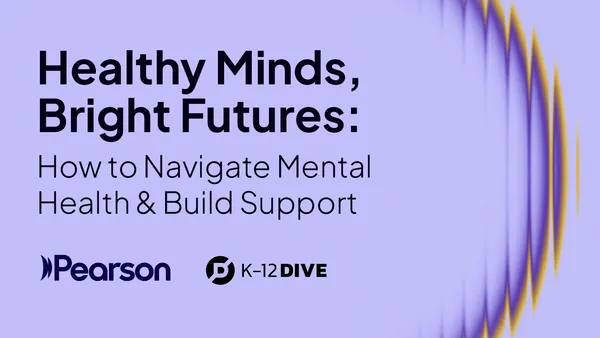Dive Brief:
- If 4th-graders in other countries took the National Assessment of Educational Progress (NAEP) test in reading, less than a majority would reach the “proficient” level according to a new report released today, which suggests that NAEP’s benchmarks are misleading and leaving Americans with a false narrative about U.S. student performance.
- In only three countries — Singapore, Republic of Korea and Japan — 50% or more of students in 8th grade meet the proficient level in math, and only in Singapore do at least half of the 8th graders achieve proficiency on NAEP’s science test.
-
“How High the Bar,” from the National Superintendents Roundtable, and the Horace Mann League, notes that many states have also adopted NAEP benchmarks for their assessments based on the Common Core, further contributing to the perception that most students cannot meet “college and career readiness” standards.
Dive Insight:
The organizations say they don’t have an “anti-testing” agenda, but they suggest that most people probably expect proficient to mean the same thing as grade-level performance. Instead, the authors write that, under NAEP, 4th-graders are expected to analyze and understand reading passages that are appropriate for 7th-graders in order to be considered proficient.
Redefining the NAEP benchmarks as low, intermediate, high and advanced would be less confusing, they recommend. They also recommend that NAEP reports include language stating that the results be interpreted with caution and that local district and school leaders educate their community members what the term proficient means in the NAEP context.
The report notes the work of Gary Phillips, a vice president and fellow at the American Institutes for Research, who has compared NAEP achievement levels to the scales of international assessments such as the Progress in International Reading Literacy Study (PIRLS), which measures 4th-grade reading skills. His work shows that NAEP achievement levels are higher than the low, intermediate, high and advanced levels in PIRLS and that the U.S. would rank fifth among the countries and city-states that participate in PIRLS in the percentage reaching the proficient level or higher in NAEP.
Even so, recent PIRLS results show that while U.S. students still score in the high range, other countries have caught up in performance.










